FreeFall’s Antenna to Launch Aboard NASA’s CubeSat Initiative
March 19, 2021: Update on NASA’s Cubesat Launch Initiative
A novel inflatable antenna system developed by Tucson technology company FreeFall Aerospace, in conjunction with the University of Arizona, is a critical component of CatSat, one of 8 research satellites now slated for launch aboard a NASA mission in April 2022. The satellites selected under NASA’s CubeSat Launch Initiative will perform technology demonstrations, conduct scientific investigations, and provide educational benefits.
FreeFall’s antenna system utilizes an ultra-lightweight inflatable structure that can be stowed in a compact volume and then deployed in orbit to provide a large aperture, high-gain antenna. This approach will help realize the vision of “Big Data from Small Spacecraft” and dramatically increase Cubesats and other small satellites’ effectiveness and utilization.
The technology was invented by UA astronomy professor Dr. Chris Walker, Principal Investigator of the CatSat mission and co-founder of FreeFall Aerospace. Another local Tucson firm, Rincon Research, is providing expertise and equipment to help make CatSat a success.
CatSat is a 6U CubeSat built by GOMspace of Denmark that is now being integrated and tested by UA students from various departments, including Aerospace and Mechanical Engineering, Astronomy, Computer Science, and Electrical and Computer Engineering. It allows both undergraduate and graduate students to get hands-on experience developing and operating a space mission and involves more than a dozen UA students spread across campus.
Once in orbit, the FreeFall antenna will deploy using compressed gas to inflate a half aluminized, 0.5 meter Mylar sphere incorporating a proprietary feed system. Data including HD video and diagnostic information will be communicated to a new 6.1m ground station located at the UA’s Biosphere II.
CatSat will also probe the structure of the Earth’s ionosphere by listening to thousands of low-power amateur radio beacons as it orbits Earth approximately 16 times per day.
“This spaceflight demonstration of our flagship product is a crucial step for FreeFall Aerospace, the University of Arizona, and Tucson’s developing space economy. We are thrilled that NASA has established a firm launch date for CatSat, and we’re looking forward to making this capability available for commercial, scientific, and government space missions.” – Doug Stetson, CEO of FreeFall Aerospace
Along with the other Cubesats, CatSat will be launched by a Firefly Black Alpha vehicle from Vandenberg Air Force Base, California. Check www.FreeFallAerospace.com for more updates.
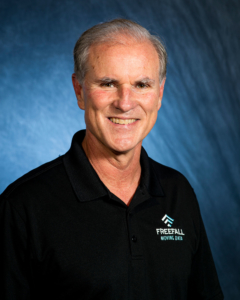
Doug Stetson
Co-founder, President, and CEO
Doug Stetson is the CEO of FreeFall Aerospace that is developing innovative antenna technology for satellite communications. Prior to founding FreeFall, Doug spent 30 years at the NASA Jet Propulsion Laboratory having lead roles in systems engineering and mission design for Mars, Jupiter, and Saturn missions. After leaving JPL in 2008, Doug was the project manager for the LightSail mission that successfully deployed and tested a solar sail in Earth orbit. Doug holds a B.S. in Physics and M.S. in Aeronautics and Astronautics from Stanford University.
He is the recipient of the NASA Exceptional Achievement Medal and the JPL Award for Excellence in Leadership.
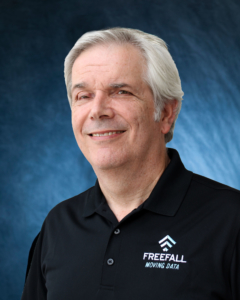
Chris Walker
Co-founder, Chief Scientist, and VP for R&D
Professor Christopher Walker has over 30 years of experience in the industry (TRW Aerospace and JPL) as well as academia developing state-of-the-art antenna systems for terahertz astronomy. In 1991at the University of Arizona he began the Steward Observatory Radio Astronomy Lab (SORAL), a world leader developing THz receiver systems for astronomy and other remote sensing applications. He was the PI of the NASA-funded long-duration balloon project “The Stratospheric THz Observatory (STO)’’, which had a successful Antarctic flight followed by GUSTO, also selected by NASA as the first balloon-borne mission under the auspices of the Explorer Program. In addition, he is the PI of the “10-meter Suborbital Large Balloon Reflector (LBR)” project, selected by the NASA Innovative Advanced Concepts (NIAC) program for a Phase I and II study. Chris recently authored Terahertz Astronomy, the first textbook in his field of study. He is the recipient of the 2018 Inventor of the Year at the University of Arizona.

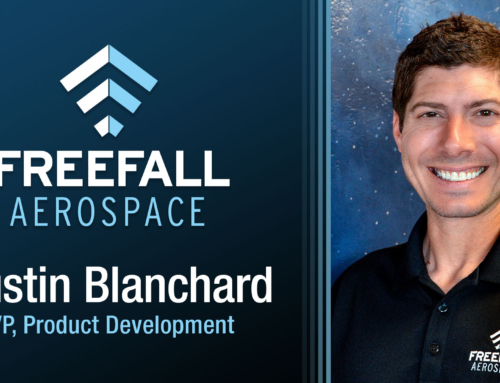
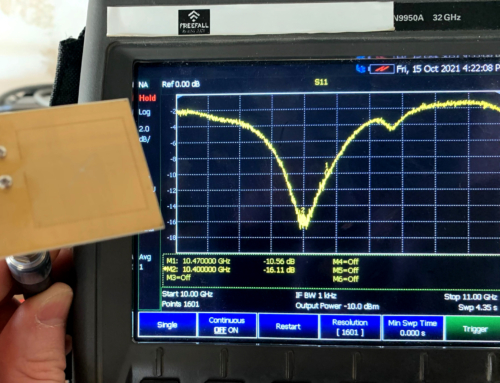
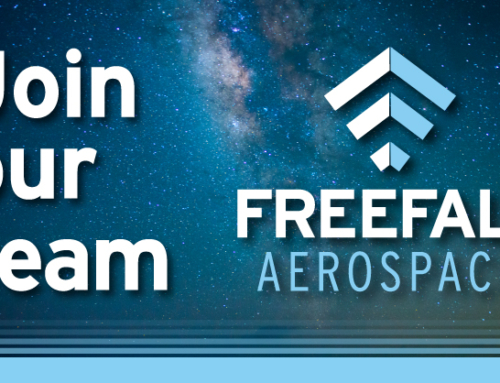
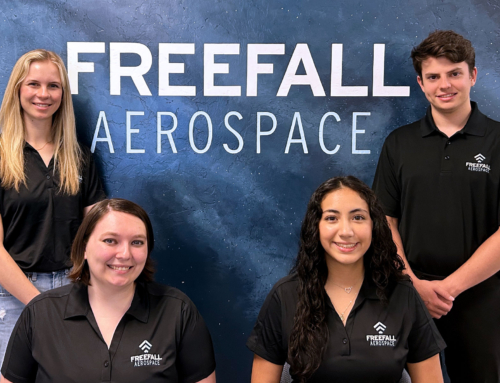
Leave A Comment